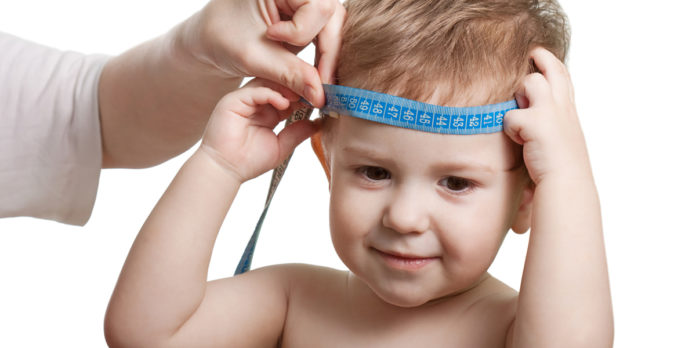New research from La Trobe University has shown boys with autism are on average born smaller, but surpass their peers in height and head size between birth and age three.
The discovery could inform future research aimed at identifying the underlying causes of autism and deepen our understanding of the differences across the autism spectrum.
Published in Autism Research, the paper represents the largest longitudinal study of skeletal growth in infants and toddlers with Autism Spectrum Disorder (ASD) conducted to date.
Experts from the Olga Tennison Autism Research Centre at La Trobe compared the Maternal and Child Health records of 209 boys who live in Victoria.
Dr Cherie Green – one of the lead researchers on the project – said the study included 135 boys with ASD and 74 of their typically developing peers.
“Our findings add to increasing evidence from around the world that male infants and toddlers with autism grow at an irregular rate,” Dr Green said.
“Another strength of the current study was that it included participants from across the autism spectrum, whereas many previous studies have focused only on high functioning individuals.
“This is just one more piece that feeds into the larger picture and might help us better understand the disorder.”
In terms of average height at one week old, the researchers measured:
- Typically developing boys – 51.63cm
- Boys with ASD – 50.17cm
In terms of average height at three years old, the researchers measured:
- Typically developing boys – 98.32cm
- Boys with ASD – 99.34cm
In terms of average head circumference at one week old, the researchers measured:
- Typically developing boys – 35.80cm
- Boys with ASD – 34.60cm
In terms of average head circumference at three years old, the researchers measured:
- Both typically developing boys and boys with ASD – 52.6cm
Even though the boys with autism grew faster, their weight gain did not differ from that of other boys.
Dr Green said it was unclear why boys with autism show growth at a different rate, but reminded parents that these findings will not apply to all cases.
“Our findings are not going to be representative of every child with autism because the spectrum is so diverse,” Dr Green said.
“But it does help us understand a subset of children with autism and the biological differences that make up the developmental disorder.
“We definitely don’t want parents to feel concerned if their child is larger than average.”
Dr Green is now working to identify whether the growth dysregulation that occurs throughout infancy and toddlerhood persists into adolescence.
La Trobe conducted the research in collaboration with the University of Melbourne.
(Source: La Trobe University, Autism Research)




 (3 votes, average: 3.67 out of 5)
(3 votes, average: 3.67 out of 5) 






